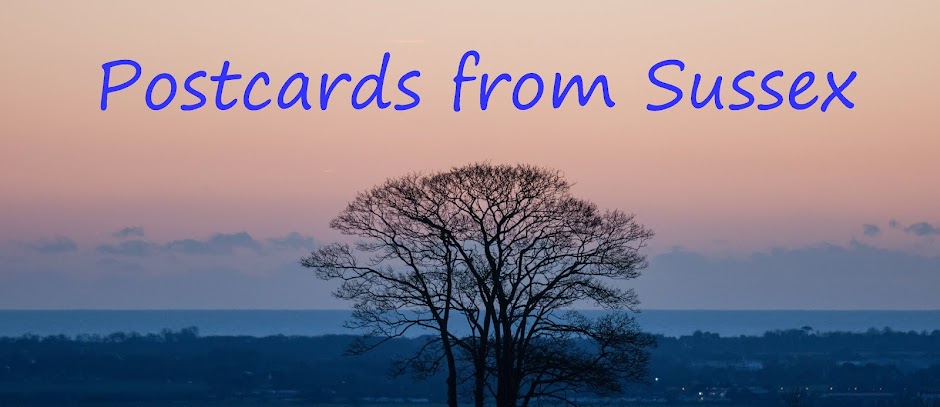Another fine day yesterday and I decided to visit three reserves. First to Rewell Wood to see if there were any Pearl-bordered Fritillaries. There were none, last year they were first sighted on April 20.
This is where we usually see the Pearl-bordered fritillary.
Then to Brandy Hole Copse near Chichester where I saw my first Bluebells of the year, just a few among the carpet of bluebell leaves ready to spring forth.
fruit blossom
Plenty of bumble bees around this Spring. There are 4 mites on its shoulder.
Summer Snowflakes (Leucojum aestivum) were growing on a disused bridge beside the field.
Wood Anemones (Anemone nemorosa) attracted pollinating insects.
Marsh Marigold (Caltha palustris)
From Wikipedia: 'The name marigold refers to its use in churches in medieval times at Easter as a tribute to the Virgin Mary, as in Mary gold'
Richard Mabey, in Flora Britannica, says "Marsh-marigolds are in decline as agricultural land continues to be drained, but they are still the most three-dimensional of plants, their fleshy leaves and shiny petals impervious to wind and snow, and standing in sharp relief against the tousled brown of frostbitten grasses. Most of the plant's surviving local names - water-blobs, molly-blobs, water-bubbles - reflect this solidity, especially the splendid, rotund 'the publican' from Lancashire ."
Finally my first visit to Kingley Vale Reserve. This a run by Natural England and has the ‘finest yew forest in Europe ’. Splendid views from the top over Chichester Harbour
Yew forest everywhere, two bird watchers on the right.
There are bronze age burial mounds at the top of the hill
I found a Comma by the car park
This month Peacocks have been everywhere

















No comments:
Post a Comment
Please select 'Name/URL' from 'Comment as' drop down box and add your name, thanks.